A Change in Diet may have Helped our Brains get so Big
Many anthropologists think that living in large social groups drove the evolution of bigger brains, but new findings call that into question
By Melissa Hogenboom, 27 March 2017
There are bones hidden away in almost every cupboard in many of the rooms of New York University’s primatology department, and James Higham is keen to explain to me what they can tell us about an important part of our evolution: why we have such big, heavy brains.
He shows me hordes of lemur skulls, as well as casts of our extinct relatives.
Of particular interest to him are the sizes of their braincases. After studying this feature in primates including monkeys, lemurs and humans, he and his colleagues have presented an intriguing new idea as to why our brains are so large.
Orangutans live in very small groups (Credit: Mervyn Rees/Alamy)
The reason why some primates have bigger brains than others is often said to be their social behaviour. That is, primates that move around in bigger and more complex social groups require bigger brains in order to efficiently manage all of those social relations.
The new analysis found that diet – not social group size – was the key factor linked to brain size
This theory has been around for over two decades, and is called “the social brain hypothesis”.
Following a large-scale analysis of primates, Higham and his colleague Alex DeCasien are confident that the social brain theory does not tell the whole story.
Rather, brain size is more accurately predicted by primates’ diet, according to their new study published in the journal Nature Ecology and Evolution.
To come to this conclusion, the team, led by DeCasien, put together a dataset of 140 primate species, including animals like the aye-aye and several species of gibbon. This allowed them to study the relationship between the size of primate brains and several social factors, such as group size and social structure.
Skulls of an adult male lemur, vervet monkey, gibbon, baboon, chimpanzee, and human (Credit: Megan Petersdorf)
They tell me that this is the first time such a large dataset has been used to explore the idea. When the social brain hypothesis was formulated, it did not consider primates like orangutans, which have large brains despite often living solitary lives.
The new analysis found that diet – not social group size – was the key factor linked to brain size.
That is not to say that social group size plays no role in the evolution of large brains
It has long been known that fruit-eating primates (frugivores) tend to have bigger brains than leaf-eating primates (folivores), says Higham.
This might be because there are benefits to eating fruit. It has a higher nutritional value and is far easier to digest than leaves.
However, it is also a more demanding diet in some ways. For instance, fruit is more patchily distributed in both space and time, which makes the task of finding food more complex, says Higham.
That is not to say that social group size plays no role in the evolution of large brains, say the authors.
Skulls of an adult male spider monkey and a howler monkey (Credit: Megan Petersdorf)
Because fruit can be less abundant than leaves, frugivores often travel across larger ranges. They tend to form larger social groups for those long journeys.
All of these things are co-evolving
“If there’s another group in that fruit tree, what determines which group ends up holding the fruit is usually just about group size,” says Higham.
In other words, the larger the group, the easier it will be to “push the smaller group out” when competing for food.
“All of these things are co-evolving, but the main problem with the social brain hypothesis is that it’s explicitly saying that this one force is contributing more than another force,” says DeCasien.
“If you want to break it down like that, our study shows that it’s the opposite force [diet] that is contributing more,” she adds.
DeCasien and Higham are aware that their findings will have their critics.
The new study says brain size is better predicted by diet than social complexity (Credit: Dr. James Higham)
I put their conclusions to the researcher behind the social brain hypothesis, Robin Dunbar of the University of Oxford in the UK. He contests the findings.
First, Dunbar says that it is not overall brain size that is the important factor. Instead, it is the size of a particular part of the brain called the neocortex, which plays an important role in cognition, spatial reasoning and language.
“There is an important distinction between neocortex volume and brain volume,” says Dunbar. “The original social brain analyses showed that social group size does not correlate especially well (if at all) with total brain size, but only with neocortex size… That would be difficult to reconcile with their claim.”
Second, Dunbar points out that social group size and diet need not be two alternative explanations of brain evolution.
“Both are necessarily true,” he says. In line with DeCasien and Higham, Dunbar thinks these features must be connected at a deep level. “You cannot evolve a large brain to handle anything, social or otherwise, unless you change your diet to allow greater nutrient acquisition, so as to grow a larger brain,” he says.
However, Dunbar still maintains that social group size, not diet, is the key driving force.
Follow Melissa Hogenboom on Twitter.
Join over six million BBC Earth fans by liking us on Facebook, or follow us on Twitter and Instagram.
For more information please visit the following link:
https://www.bbc.com/earth/story/20170327-why-our-brains-grew-so-big
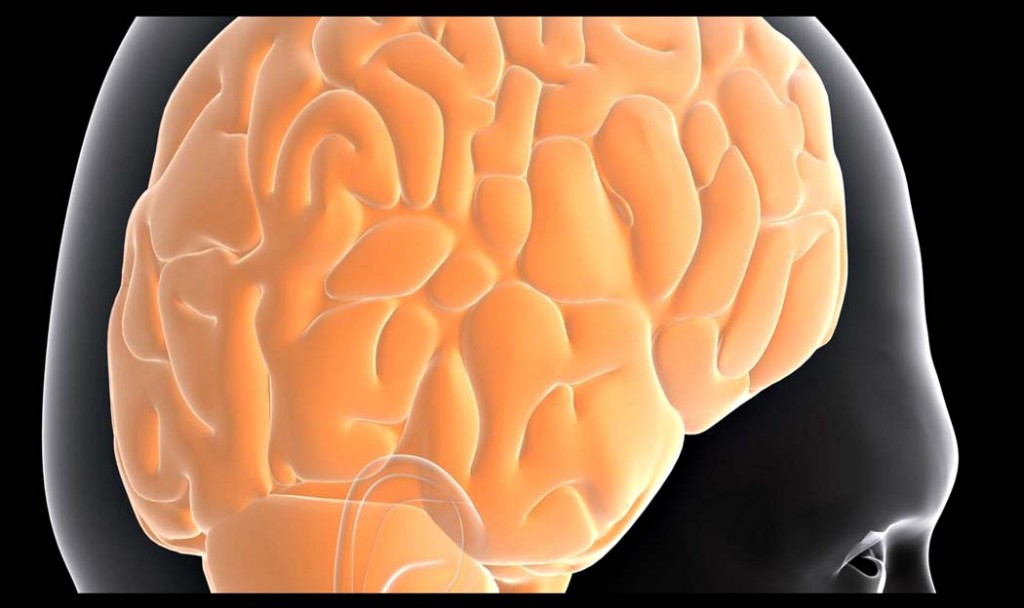
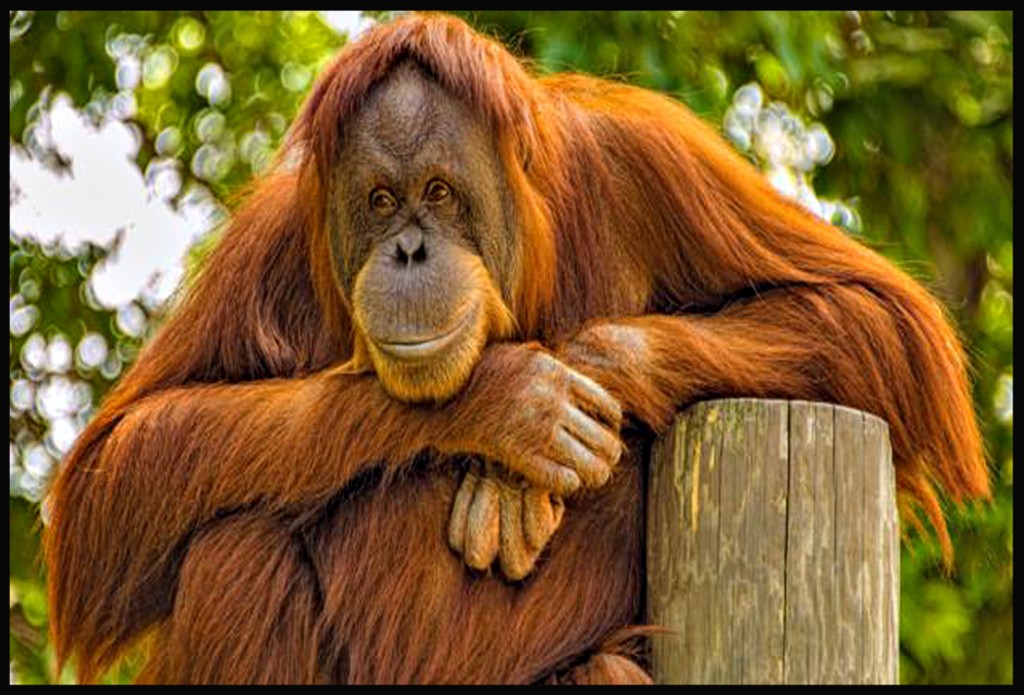
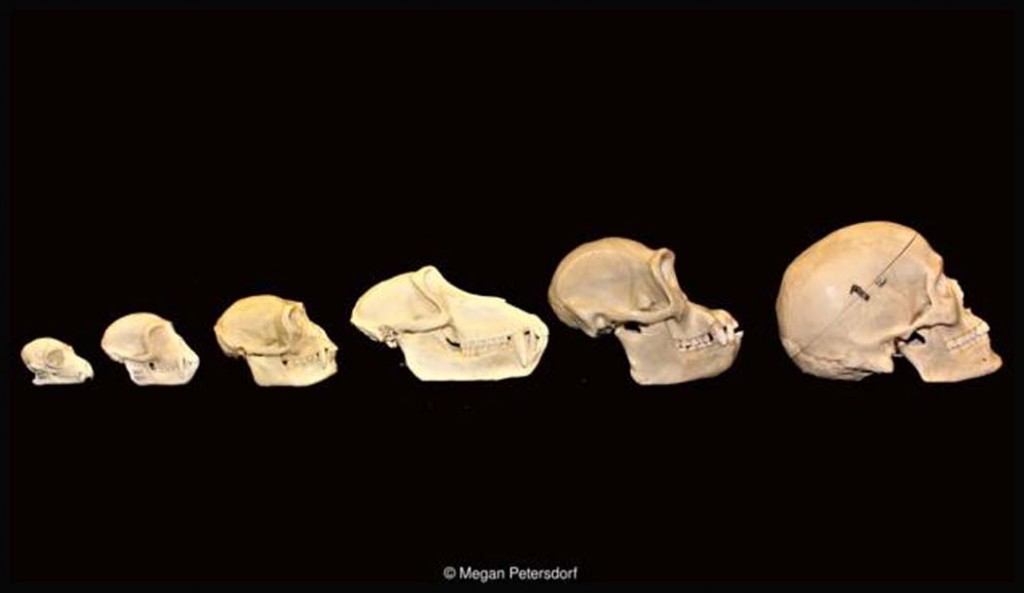
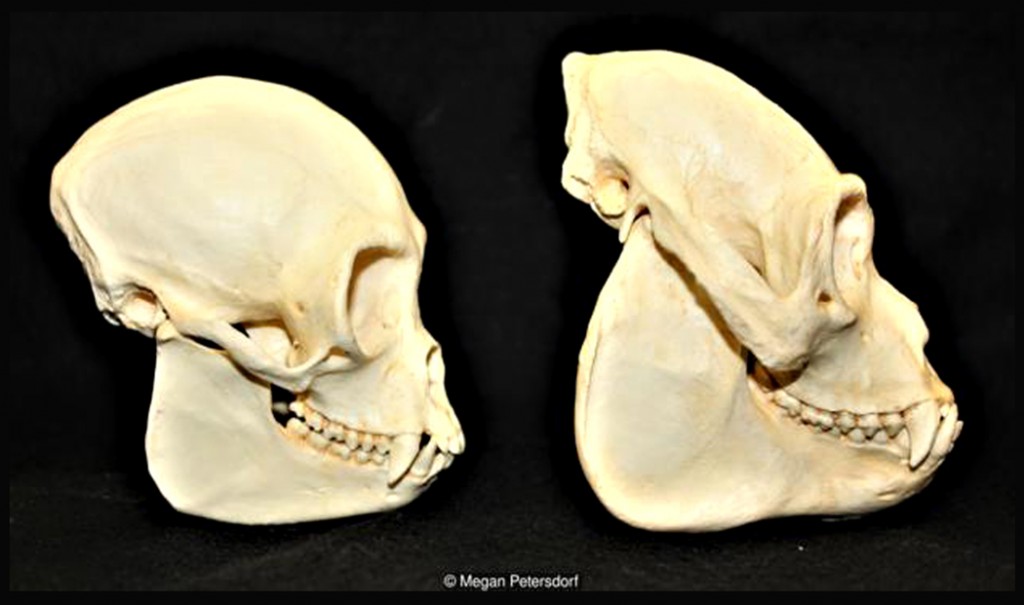
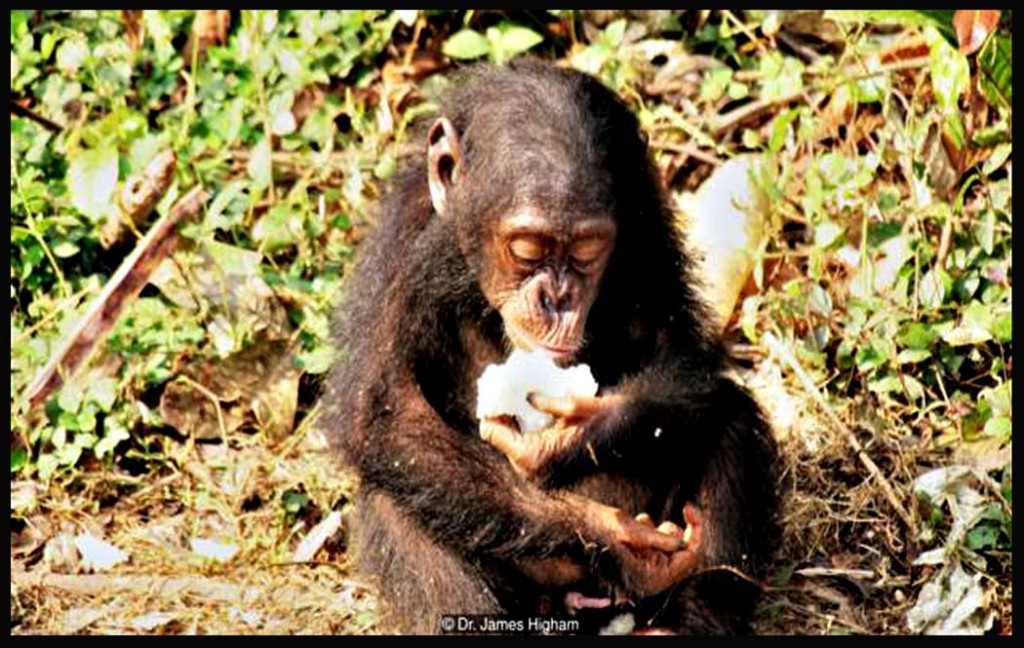
Leave a Reply